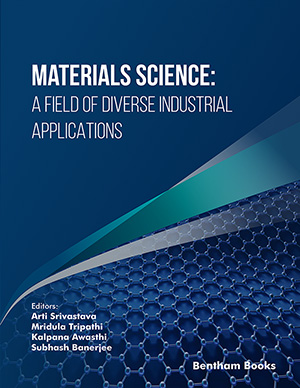Abstract
Nanoparticles (NPs) and nanotechnology have penetrated every walk of life.
The nanotechnology-based products include pharmaceuticals, cosmetics, electronic
goods, food, food packaging, and household products of daily use. The unique
physicochemical properties of nanoparticles also make them a potent toxicant. The
evidence suggests that nanoparticles are used in humans' neurological disorders,
pulmonary disorders, and other ailments. The situation is alarming as NPs may make
their way to the human fetus. The regulations for checking the use of NPs are still in
their early stages. The NP toxicity has not only affected the human race but the entire
Biosphere. The chapter discusses the different assays and models to study nanotoxicity.
The models used in deciphering the molecular mechanism are primarily in vitro
models, particularly 2D and 3D cell cultures of primary, cancerous and normal cell
lines. 2D cultures are monolayers, while 3D cultures can be spheroids and organoids
derived from stem cells. Cell culture models serve to be a good assessment model but
due to lack of systemic complexity, results may not be explicitly extrapolated to
humans. In order to fill the gap, in vivo models are available. In vivo models are helpful
in assessing the systemic toxicity in organisms. The in vivo models are further
categorized as models to study human nanotoxicity and the models to study
nanoecotoxicity. Out of the plethora of models, certain specific models are briefly
discussed here. The ethical regulations for the usage of animal models are stringent
which sometimes make it challenging to acquire animal models. Such challenges can
be overcome by developing futuristic models like a lab or animal on a chip, and other
computation models which may make nanotoxicological assessments easy and
accurate, thereby helping in making efficient regulatory policies for NPs usage in
various consumer products safeguarding the mankind and the biosphere.
Keywords: Cell viability, Cytotoxicity, Ecotoxicity model, In vitro models, In vivo models, Nanoparticles (NPs), Nanotoxicity






















